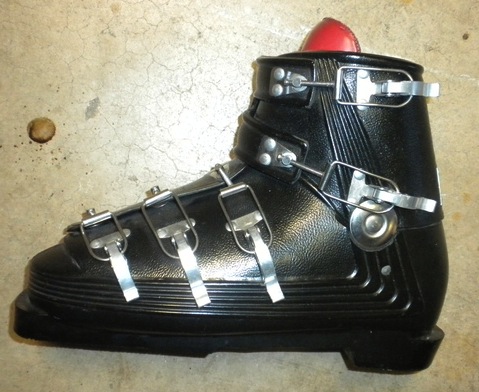Don’t try to get by with last year’s ski boots for your kids!

What’s true for you is also true for your child. Don’t try to get by with last year’s ski boots. “Children’s feet grow rapidly, therefore make sure all equipment fits properly and is the correct size,” said APMA member and podiatric physician Ami Sheth, DPM.
Downhill skiing provides an exhilarating feeling and an excellent workout, too. But as with most winter sports, skiing requires proper equipment and footwear to prevent
foot and ankle injuries. Don’t ruin your ski holiday with ill-fitting ski boots. Choosing the right kind of ski boots will enhance your skiing experience and make it more
enjoyable.
When choosing ski boots to buy or rent, it’s important to remember that boots should be comfortable. Ski boots should be snug and have an accurate fit. If the boots are
too loose, your foot and ankle can slide around inside the boot, potentially leading to sprains, strains, and fractures caused by the constant forward and lateral movement
of skiing. If boots are too tight, they will rub and blister your foot. The boots must be rigid enough to keep your feet and ankles firmly in place. The toe box should be snug
but not too tight.
Ski boots are available in a forward-entry style, a rear-entry style, or a hybrid style that incorporates both designs. Skiers who use custom orthotics to correct biomechanical
imbalances can transfer orthotics to ski boots to help maintain the best possible foot position. To find the right boot, work with ski shop technicians who are familiar with
different foot types. If you have purchased new boots, bring them to your podiatric physician so your foot can be evaluated with the boot.
Finally, a good pair of socks is crucial for winter sports like skiing. Socks will keep your feet dry, warm, and comfortable in your boots. Take socks along with you when
having your ski boots fitted.
